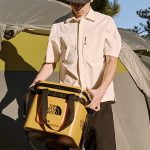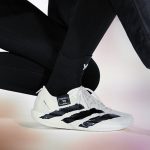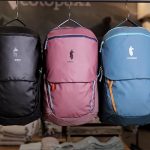The May Department Stores preliminary net sales were $1.16 billion for the five-week period ended July 3, 2004, a 2.5% increase from $1.13 billion in the similar period last year. Store-for-store sales increased 1.9%. June store-for-store sales increased 2.2%, excluding the remaining 18 stores that May previously announced it will divest.
Sales comparisons for June 2004 reflect the shift of Memorial Day into fiscal June, as well as the related movement of a major end-of-week sales promotion event from the last week of May 2003 to the first week of June 2004.
Net sales for the first five months of fiscal 2004 were $5.10 billion, a 1.8% increase compared with $5.01 billion during the first five months of fiscal 2003.
Net sales were as follows:
Fiscal Fiscal Percent Store-for-Store Increase
(dollars in millions) 2004 2003 Increase Actual Adjusted *
June $1,160.0 $1,132.0 2.5% 1.9 % 2.2 %
Year-to-date 5,100.7 5,009.6 1.8 0.7 1.3
Net sales include merchandise sales and lease department income. Store-for-store sales compare sales of stores open during both years beginning the first day a new store has prior-year sales and exclude sales of stores closed during both years.
The customer's response to color and fashion continued to propel sales in handbags, small leather goods, jewelry, watches, and sunglasses. The demand for career merchandise led to brisk selling in ladies' suits, dressier looks in ladies' sportswear and footwear, and men's tailored clothing. Skirts in interesting shapes and new styles, paired with novelty knit tops, are a uniform of the season, fueling sales in apparel appealing to the young adult and junior customer.
Men's and young men's sportswear had sales increases, and men's furnishings — led by designer dress shirts and neckwear — was especially strong. Furniture and mattresses experienced an upturn, while luggage, personal care electrics, and electronic giftables were among our top performers. Weaker performers included dresses, children's apparel, tabletop, and housewares.















